Learn to Extend the Growing Season: Overcome Gardening Challenges
- June 21, 2024
- 0 comment
Learn to extend the growing season and tackle gardening challenges with expert tips that boost your garden’s productivity and health. Gardening is all about timing, and sometimes the weather just doesn’t cooperate. If you’re looking to keep your garden productive well beyond the usual season, you’re in the right place. This guide is packed with straightforward advice to help you extend the growing season effectively, ensuring you get the most out of your garden.

We’ll show you how to manage temperature fluctuations, optimize soil conditions, and make the best use of available sunlight. Let’s get started on making your garden thrive longer than ever before!
Table of Contents
- Understanding the Basics
- Strategies to Extend the Growing Season
- Overcoming Temperature Challenges
- Soil and Water Management
- Leveraging Technology and Innovation
- Seasonal Gardening Calendar
- Common Pitfalls to Avoid
- Conclusion
- FAQs
Understanding the Basics
What is the Growing Season?
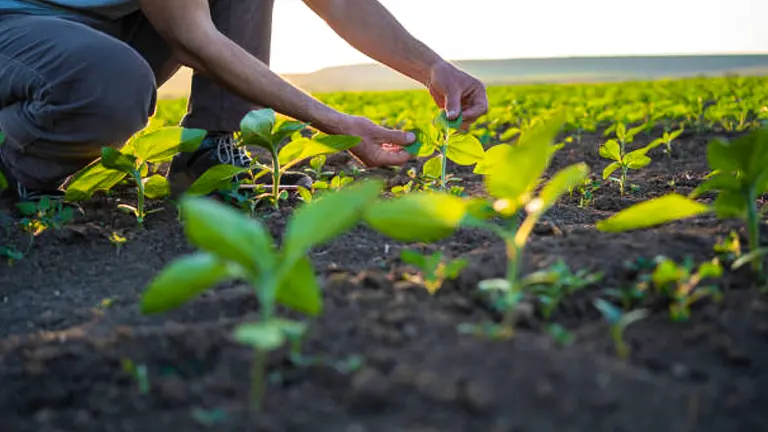
The growing season is the period each year when environmental conditions are favorable for plant growth. This duration varies significantly across different geographic locations, primarily dictated by climate. The conventional definition aligns the growing season between the last spring frost and the first fall frost, during which temperatures remain conducive for plant germination and growth.
To offer a more scientific perspective, researchers typically quantify this period using the “growing degree days” (GDD), a measure that accounts for heat accumulation required by a plant to reach specific developmental stages. The formula for calculating GDD is:
GDD=2(Maximum daily temperature + Minimum daily temperature)−Base temperature
The base temperature is the lowest temperature at which the plant grows, and it varies by species.
Factors Limiting the Growing Season
The length and productivity of the growing season are influenced by several climatic factors:
- Frost Dates: These are critical as they mark the feasible start and end points of outdoor planting. The average dates for the last and first frosts can be predicted based on historical climate data but are subject to year-to-year variation due to climatic shifts.
- Daylight Hours: The amount of daily sunlight, quantified as photoperiod, is crucial for photosynthesis. Most temperate plants require longer daylight hours to exit dormancy and begin growth, making daylight a limiting factor especially in fall and winter.
- Temperature and Weather Conditions: Both extreme heat and cold can impede plant growth. Optimal growth temperatures vary by species but generally fall between 20°C and 30°C. Temperatures outside this range can reduce photosynthetic efficiency and even cause plant stress or mortality.
- Climate Change Impacts: Increasingly, anomalies such as unseasonal frosts or heatwaves driven by climate change are becoming significant factors that can unpredictably shorten or extend the growing season.
Detailed Seasonal Analysis Table
| Factor | Impact on Growing Season | Typical Values/Notes |
|---|---|---|
| Frost Dates | Defines start/end of season | Varies by location; critical for planning planting and harvesting |
| Daylight Hours | Affects photosynthesis | Essential for plant cycles; varies more significantly at higher latitudes |
| Temperature | Drives plant growth phases | Optimal range generally 20°C – 30°C; extremes can halt growth |
| Climate Change | Introduces variability | Increasing occurrences of unseasonal weather patterns |
By diving deeper into these factors and considering their scientific foundations, gardeners can more accurately predict, adjust, and potentially extend their growing seasons. This approach not only helps in planning but also in implementing strategies that mitigate the impacts of these limiting factors.
Strategies to Extend the Growing Season
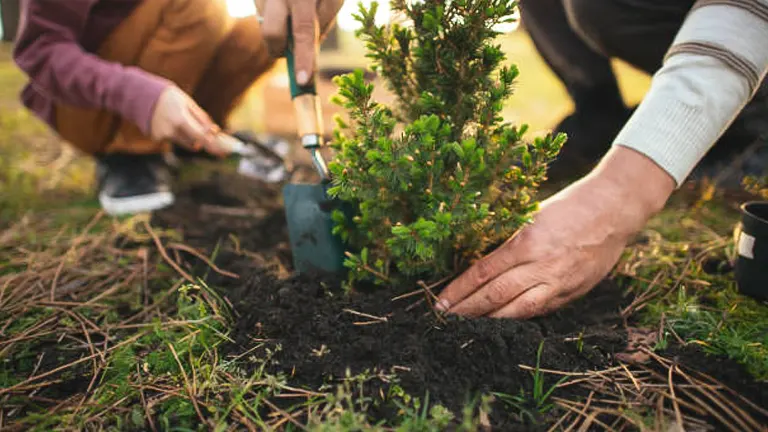
Extending the growing season involves a combination of techniques tailored to manipulate environmental conditions favorably. These strategies not only provide more time for growth but also protect against unpredictable weather patterns, thus increasing both yield and variety.
Start Seeds Indoors
Starting seeds indoors is a practical approach to get a jump on the growing season. This method allows gardeners to control the early growth environment of plants, optimizing temperature and light exposure, which are critical during the seedling phase.
- Scientific Insight: Seedlings require a stable temperature, generally between 18°C and 24°C, to optimize germination rates and early growth. Supplemental lighting, such as LED grow lights, can provide a spectrum tailored for young plants, enhancing photosynthesis efficiency during the shorter daylight hours of late winter and early spring.
Use Season Extenders
Season extenders like cold frames, greenhouses, and hoop houses play a vital role in protecting plants from early or late frosts by creating a microclimate that maintains higher temperatures and shields plants from extreme elements.
- Technical Analysis: The effectiveness of these structures often depends on their material and construction. For example, a double-layered polyethylene greenhouse can raise the internal temperature by 5 to 10 degrees Celsius compared to outside temperatures, significantly extending the growing season.
Choosing the Right Crops
The selection of crops is crucial when aiming to extend the growing season. Cold-tolerant plants can survive lower temperatures, allowing for earlier planting in spring and later harvesting in fall.
- Crop Examples:
- Kale: Tolerates frosts and can improve in flavor after a light frost.
- Carrots: Can survive underground through frosts; mulching can further enhance their frost tolerance.
- Spinach: Capable of growing in temperatures as low as -10°C.
Strategic Crop Selection for Extended Seasons
| Crop | Minimum Germination Temperature | Frost Tolerance | Notes |
|---|---|---|---|
| Kale | 4°C | High | Flavor enhances after frost |
| Carrots | 5°C | Moderate | Survives under mulch in winter |
| Spinach | 2°C | High | Can grow in very cold weather |
By strategically employing these techniques, gardeners can not only start their seasons earlier and end them later but also improve the resilience of their gardens against climatic uncertainties. Each method and crop choice comes backed by scientific principles that ensure effective adaptation to extended growing conditions.
Overcoming Temperature Challenges
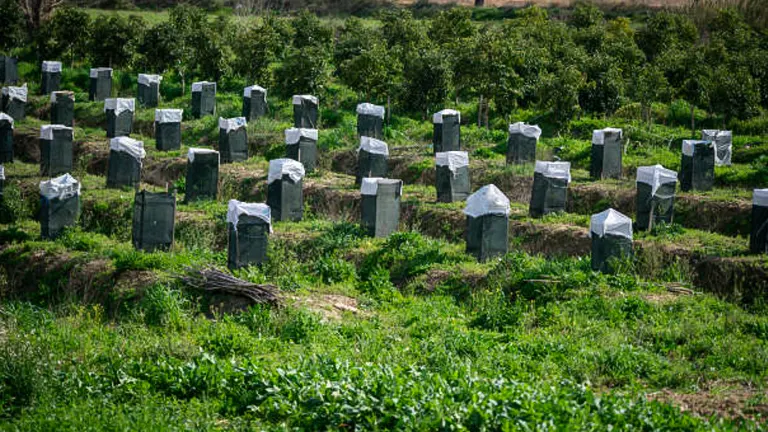
Temperature fluctuations pose significant risks to plant health and productivity. By understanding and implementing effective strategies, gardeners can protect their crops from both frost and excessive heat, extending the viable growing period.
Protecting Plants from Frost
Frost damage can halt plant growth and even result in the death of the plant. To mitigate this risk:
- Frost Cloths and Plant Covers: These are designed to insulate plants from the cold, trapping heat that naturally rises from the soil and forming a protective barrier against the cold air. Materials like spun-bonded polypropylene can increase air and soil temperatures by several degrees, which can be crucial for survival.
- Raised Beds: By elevating the soil, raised beds reduce the risk of frost penetration and maintain slightly higher temperatures compared to the surrounding ground. This effect is due to the decreased surface area exposed to cold air and the soil’s ability to retain heat more effectively.
Managing Heat
Heat stress can be as detrimental as cold stress, affecting plant metabolism and leading to poor growth or crop failure.
- Shade Cloths: These not only reduce the amount of solar radiation that reaches the plants but also moderate the microclimate around them. Materials used for shade cloths can cut down solar exposure by up to 75%, significantly lowering leaf and soil temperatures.
- Optimized Watering Practices: Watering in the early morning reduces evaporation and allows water to reach deeper into the soil, providing plants with a consistent moisture supply throughout hot days. Additionally, using techniques like drip irrigation can enhance water use efficiency by delivering water directly to the root zone.
Techniques to Mitigate Temperature Extremes
| Technique | Effectiveness | Ideal Conditions | Notes |
|---|---|---|---|
| Frost Cloths | High | Nighttime temperatures slightly below 0°C | Material choice impacts effectiveness |
| Raised Beds | Moderate | All frost conditions | Soil type and bed height can enhance benefits |
| Shade Cloths | High | Daytime temperatures above 30°C | Percentage of shade can vary |
| Early Morning Watering | High | Dry, hot conditions | Timing is crucial to maximize absorption and retention |
Soil and Water Management
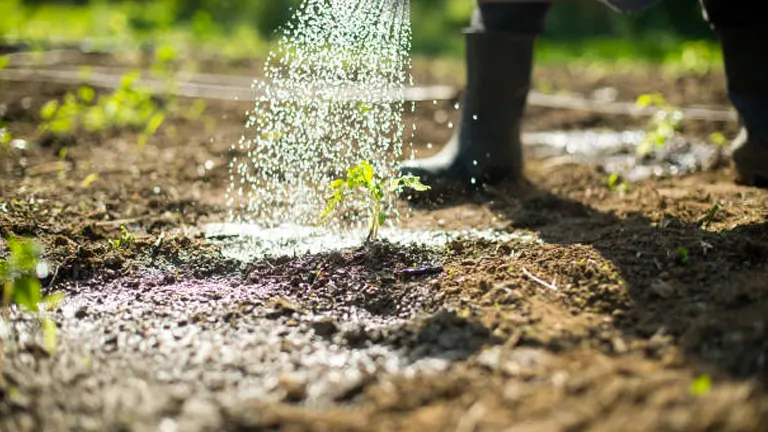
Optimizing soil health and employing efficient watering techniques are critical to extending the growing season and ensuring plant vitality. These methods not only support plant growth but also improve resilience to environmental stresses.
Improving Soil for Longer Seasons
Healthy soil is foundational for extending the growing season. It provides essential nutrients, supports root development, and improves water retention, all of which contribute to plant health during variable weather conditions.
- Organic Matter Incorporation: Adding compost or well-rotted manure enhances soil structure by increasing the proportion of humus and microbial activity. This adjustment improves aeration, drainage, and nutrient availability. The carbon in organic matter acts as a nutrient reservoir that slowly releases nutrients as it decomposes.
- pH Adjustment and Nutrient Balancing: The application of lime or sulfur to adjust soil pH can significantly affect nutrient availability. Each plant species has an optimal pH range where nutrient uptake is maximized. Regular soil testing can guide precise amendments to maintain optimal pH levels.
Efficient Watering Techniques
Water management is crucial for sustaining plant growth, especially when attempting to extend the growing season beyond the usual climatic boundaries.
- Drip Irrigation: This system delivers water directly to the soil at the root zone, minimizing evaporation and runoff. It’s particularly effective in reducing water waste and preventing the spread of diseases that thrive in wet foliage conditions.
- Mulching: Applying organic mulches like straw, bark, or shredded leaves conserves moisture, moderates soil temperature, and suppresses weed growth. Mulch acts as an insulator, keeping the soil warm in cool seasons and cool when it’s hot.
Impact of Soil and Water Management Techniques on Plant Growth
| Technique | Effect on Soil/Water | Benefits for Plant Growth | Optimal Use |
|---|---|---|---|
| Organic Matter | Enhances structure | Improves nutrient availability, supports root development | Yearly before planting |
| pH Adjustment | Balances soil pH | Maximizes nutrient uptake | As per soil test results |
| Drip Irrigation | Reduces water waste | Ensures consistent moisture, limits disease spread | During dry periods |
| Mulching | Conserves moisture | Moderates soil temperature, reduces weed competition | Apply after planting |
Leveraging Technology and Innovation
Using Apps and Tools
In today’s digital age, various gardening apps and tools can provide invaluable assistance. These technologies offer features like weather forecasting, planting calendars, and even pest management tips tailored to your specific location. Utilizing these tools can help you make informed decisions about when to plant, water, and harvest, allowing for a more controlled and extended growing season.
Experimenting with New Methods
Adopting innovative gardening techniques can also significantly impact your garden’s productivity. Vertical gardening, for instance, maximizes space and can extend the growing season by allowing for better control over the soil and environment. Hydroponics, the method of growing plants without soil, uses nutrient-rich water and controlled conditions, which can significantly extend the growing season indoors.
Seasonal Gardening Calendar
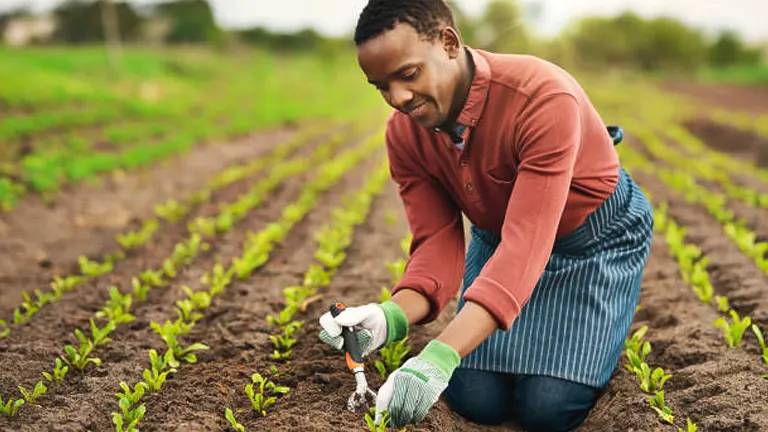
A detailed understanding of seasonal tasks can significantly enhance your gardening effectiveness. This calendar provides specific actions tailored to the needs of each season, ensuring your garden remains productive and healthy year-round.
Spring
Spring marks the start of the active gardening season, with an emphasis on preparing the ground and establishing early plantings.
- Soil Preparation: Amend soil with compost and appropriate fertilizers based on soil test results. This is crucial for ensuring nutrient availability throughout the growing season.
- Planting: Begin with cold-tolerant crops like peas, spinach, and lettuce. These can be started indoors and transplanted outside once the risk of frost is minimal. Utilizing hardened seedlings can promote stronger growth against variable spring weather.
Summer
Summer requires diligent management to maintain continuous growth and address the challenges of heat and pests.
- Pest Control: Implement integrated pest management practices including natural predators, barriers, and organic pesticides to keep pests at bay without harming the ecosystem.
- Water Management: Use drip irrigation and scheduling techniques to optimize water use. This conserves water and ensures plants receive moisture without excess, which can promote disease.
Fall
Fall is an opportunity to extend your harvest and prepare for winter.
- Extension Strategies: Use cold frames or row covers to protect crops from early frosts. This can allow for the harvesting of vegetables like carrots and kale well into the colder months.
- New Plantings: Plant crops that thrive in cooler weather, such as garlic and broad beans, which will mature in spring.
Winter
Winter is less about active growing and more about preparation and planning for the next cycle.
- Indoor Gardening: Engage in indoor gardening with systems like hydroponics, which allow you to grow herbs and leafy greens year-round.
- Planning: Review the year’s successes and challenges. Plan crop rotations and improvements for the next year’s garden, and order seeds in advance to prepare for early spring planting.
Common Pitfalls to Avoid
Overreaching Without Proper Planning
Many gardeners attempt to extend their growing season by immediately investing in expensive equipment like greenhouses without understanding their specific climate needs. It’s crucial to start small—perhaps with cold frames or mulching—and gradually scale up as you learn what works best for your garden’s microenvironment.
Neglecting Plant Needs
Extending the growing season isn’t just about pushing plants to grow longer; it’s about ensuring they can thrive during the extension. This means providing adequate water, nutrients, and protection from extreme conditions. Failure to adapt care practices to the extended season can lead to plant stress and poor yields.
Related Post
- How to Build a Barn: A Step-by-Step Guide for Beginners
- How to Build a Sustainable Compost Bin: Easy and Eco-Friendly DIY
- How to Fertilize Bougainvillea: A Complete Guide for Stunning Blooms
- How to Fertilize Apple Trees: Essential Tips for a Bountiful Harvest
- How to Fertilize Lemon Trees: Secrets for Thriving Citrus
- How to Fertilize Avocado Tree: A Step-by-Step Guide for Lush Growth
- 10 Best Bow Saws to Buy in 2024: Top Picks for the Money
- Best Miter Saw For Beginners
- Top 10 Pruning Saws to Buy in 2024: Best for the Money
- 7 Best Pocket Chainsaw
Conclusion
Extending the growing season is more than just a technique; it’s a journey in understanding and working harmoniously with your environment. By starting seeds indoors, utilizing season extenders, and carefully selecting crops, you can significantly influence your garden’s productivity. The integration of modern technology and a detailed seasonal calendar further empowers you to maximize your gardening potential.
As you apply these strategies, remember that each garden is unique. What works for one might not work for another. The key is to observe, experiment, and adapt. With patience and persistence, you can transform your gardening practices to yield success throughout an extended growing season.
FAQs
- What are the most cost-effective ways to extend the growing season?
Utilizing simple techniques like mulching, using row covers, and creating cold frames can be very cost-effective. These methods provide protection against cooler temperatures and can be made with inexpensive or repurposed materials. - Can I extend the growing season without a greenhouse?
Absolutely! While greenhouses are helpful, you can also use alternatives like hoop houses, cold frames, and floating row covers to protect your plants from early or late-season frosts. - What are some quick tips for gardeners in very cold climates?
Focus on selecting cold-hardy plants that can withstand lower temperatures. Additionally, using thermal mass, like water jugs painted black to absorb heat during the day and release it at night, can help keep the area around your plants warmer. - How does extending the growing season benefit my garden’s biodiversity?
Extending the growing season allows you to cultivate a wider variety of plants, including some that may not typically thrive in your region. This diversity can improve soil health, reduce pest issues, and enhance the overall ecosystem of your garden. - What common mistakes should I avoid when trying to extend the growing season?
Avoid overplanting in inadequate conditions and neglecting to monitor the weather closely. Additionally, make sure not to water too little or too much as the seasons change, as temperature shifts can affect soil moisture levels. - How can I use technology to help extend my growing season?
Digital tools and apps can track weather patterns, remind you of optimal planting times, and even help manage watering schedules. These technologies make it easier to adapt your gardening practices to extend the growing season effectively. - Are there particular soil amendments that help extend the growing season?
Yes, incorporating compost, manure, or leaf mold can improve soil fertility and water retention, which supports plant growth for a longer period. Additionally, using mulch helps regulate soil temperature and moisture, essential for extending the season. - What’s the best way to transition my garden from summer to fall to extend the growing season?
Start by gradually introducing cool-weather crops before the summer ends. Protect these new plantings with shade during the hotter days and cover as the temperature drops, ensuring a seamless transition into the cooler months.
With the right techniques and a bit of dedication, extending your growing season is not only possible but also rewarding. Embrace these strategies, adapt to your garden’s needs, and enjoy a longer, more fruitful gardening experience.

Benjamin Brooks
Forestry AuthorGreetings! I'm Benjamin Brooks, and my journey over the past 15 years has revolved around the fascinating realms of content creation, expertise in snow clearing, and the intricate world of lumberjacking and landscaping. What began as a simple curiosity about the natural world and heavy machinery has evolved into a passionate profession where my love for crafting words intertwines seamlessly with my lumberjacking and garden skills.


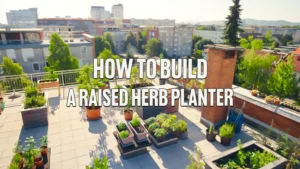
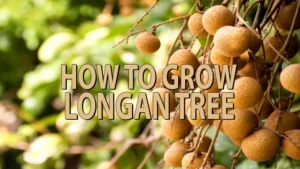



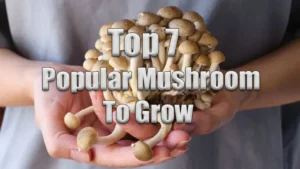



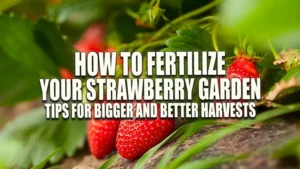

Leave your comment